When author James Cobb referred to the Mississippi Delta as “the most Southern place on Earth”, he obviously wasn’t talking in the geographical sense. Located in the north-west corner of the US state, the Delta is synonymous with the Deep South; although it lies at that region’s northernmost point, its people and history are rich with Southern character. The Delta is shaped in every aspect by the two rivers which enclose it on either side – the Mississippi and the Yazoo. These waterways mean the ground is extremely fertile, making it ideal for growing crops such as cotton, and many a plantation owner made their fortune in this way. The legacy of that business also left its mark on the racial and economic profiles of today’s Delta, with the stereotypical “rich white folks and poor black folks” still remarkably evident. As well as being a blessing to agriculture, the rivers can also be a curse, with an ever-present danger of flooding hanging over the Delta, and uninhabitable swampland covering swathes of the extremely flat landscape.
All these factors Mississippi Delta make it a huge draw for photographers. Delta native Kate Robbins returned to live on her ancestral farm for two years after completing her education, and has returned with her family regularly ever since. Into the Flatland is Robbins’ collection of images that evocatively capture the region’s many dichotomies – rich and poor, lush and barren, sodden and arid, beautiful and menacing, and explore familial obligation and the tensions caused by “coming home”. The Halsey Institute of Contemporary Art at the University of Charleston is exhibiting the series from 23 August to 4 October.
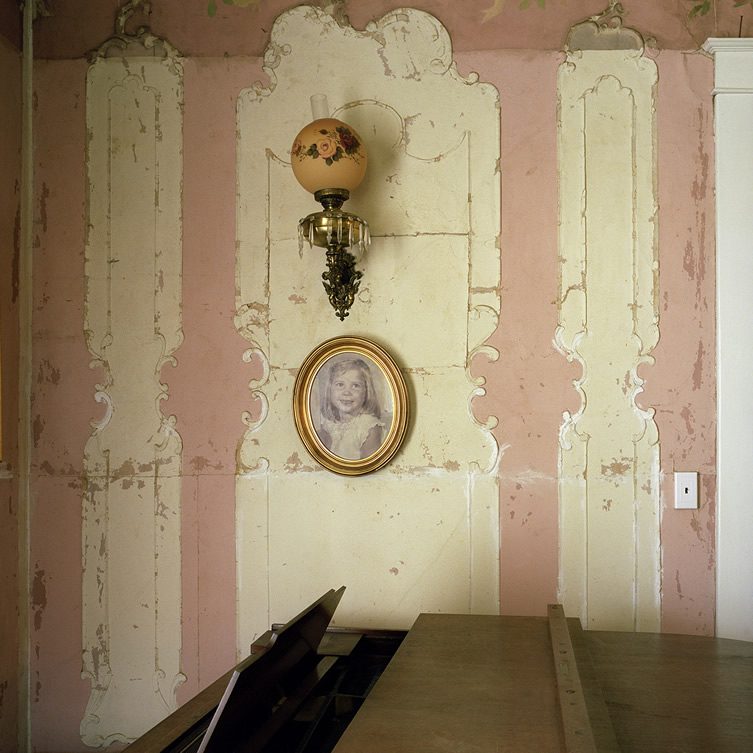
Kathleen Robbins
Into the Flatland
Ashwood
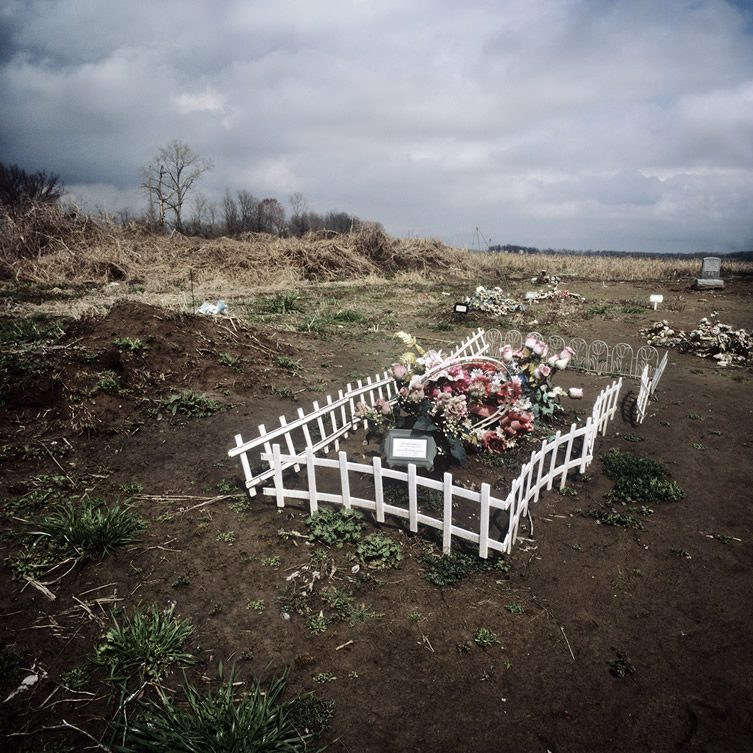
Kathleen Robbins
Into the Flatland
Gravesite at Ryles Chapel
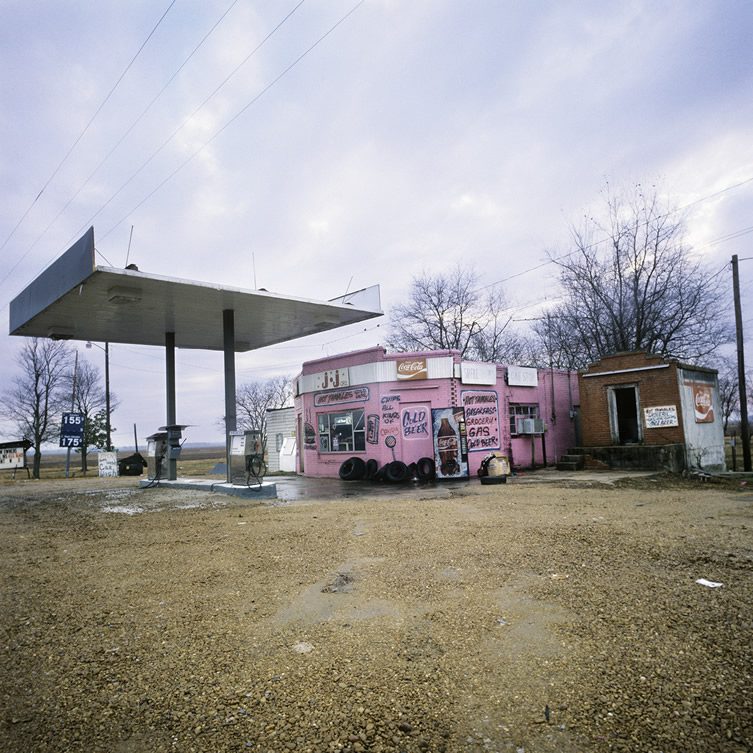
Kathleen Robbins
Into the Flatland
Pink Filling Station
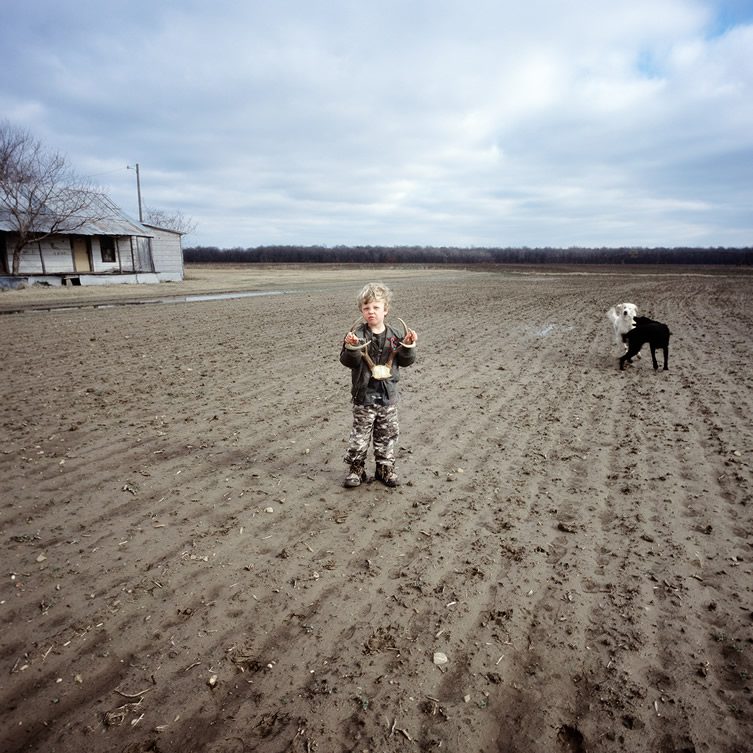
Kathleen Robbins
Into the Flatland
Little Steele, Christmas Day
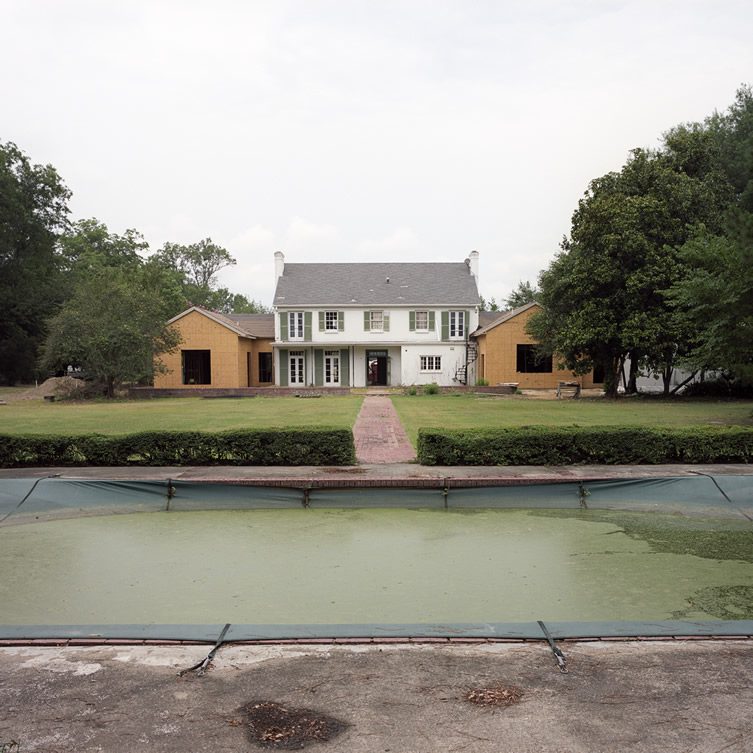
Kathleen Robbins
Into the Flatland
Ashland
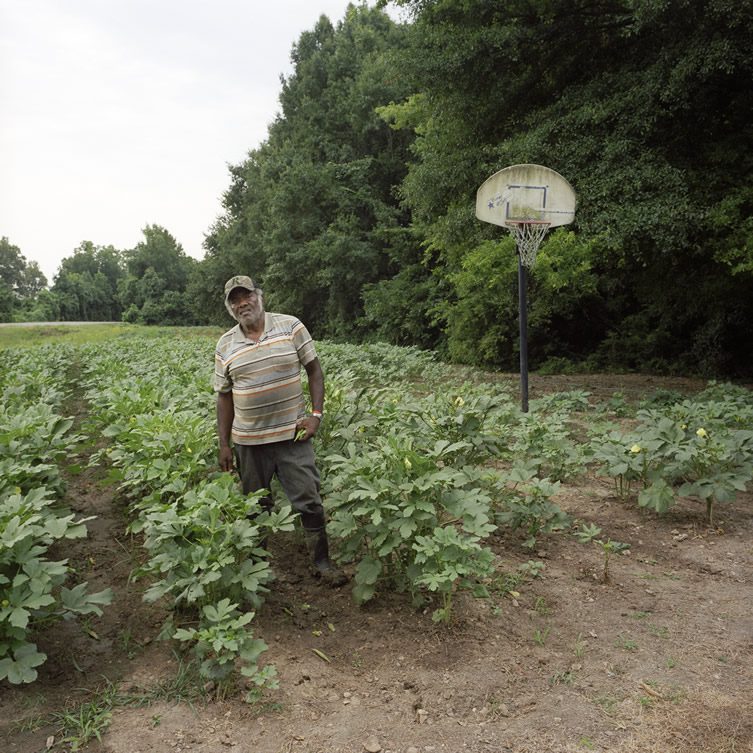
Kathleen Robbins
Into the Flatland
Willie, New Hope
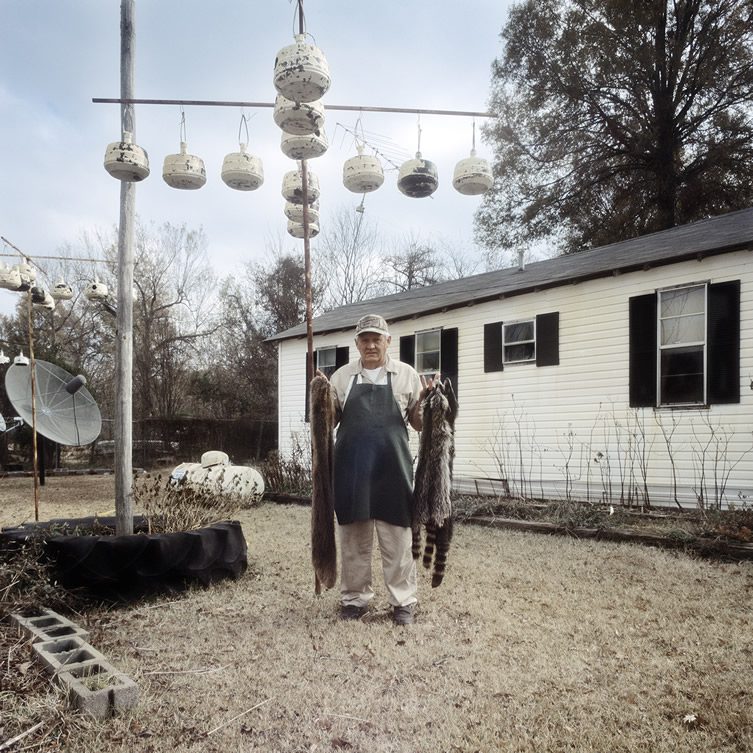
Kathleen Robbins
Into the Flatland
Dad’s Skinner
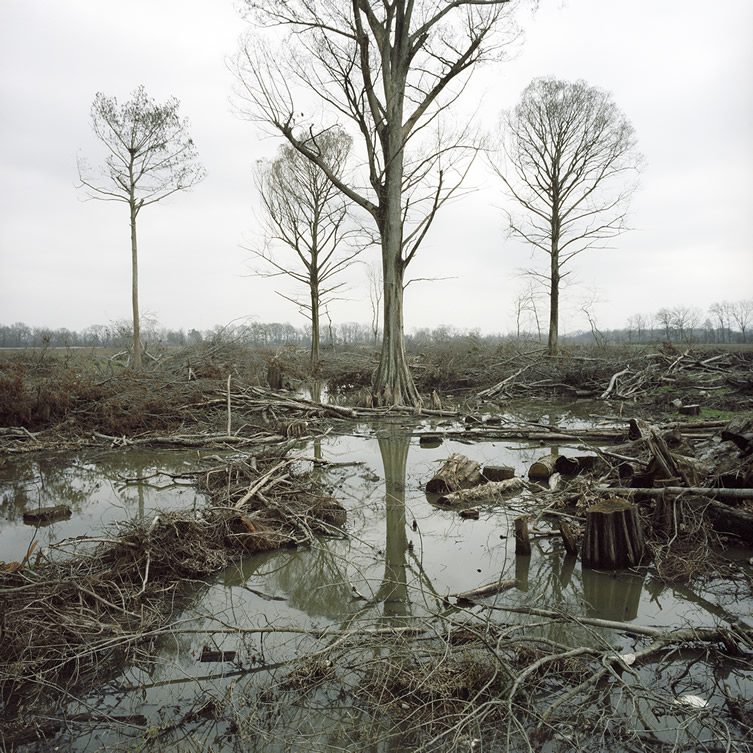
Kathleen Robbins
Into the Flatland
The Cut Through
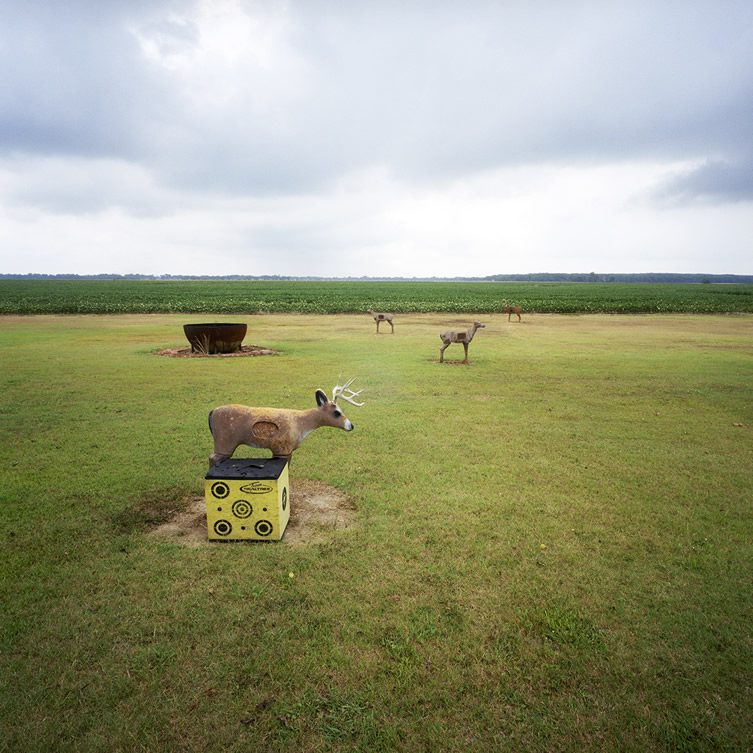
Kathleen Robbins
Into the Flatland
Davis Farm





